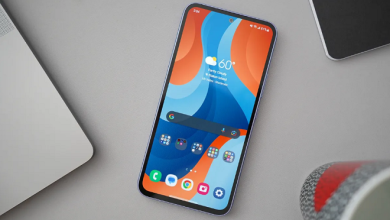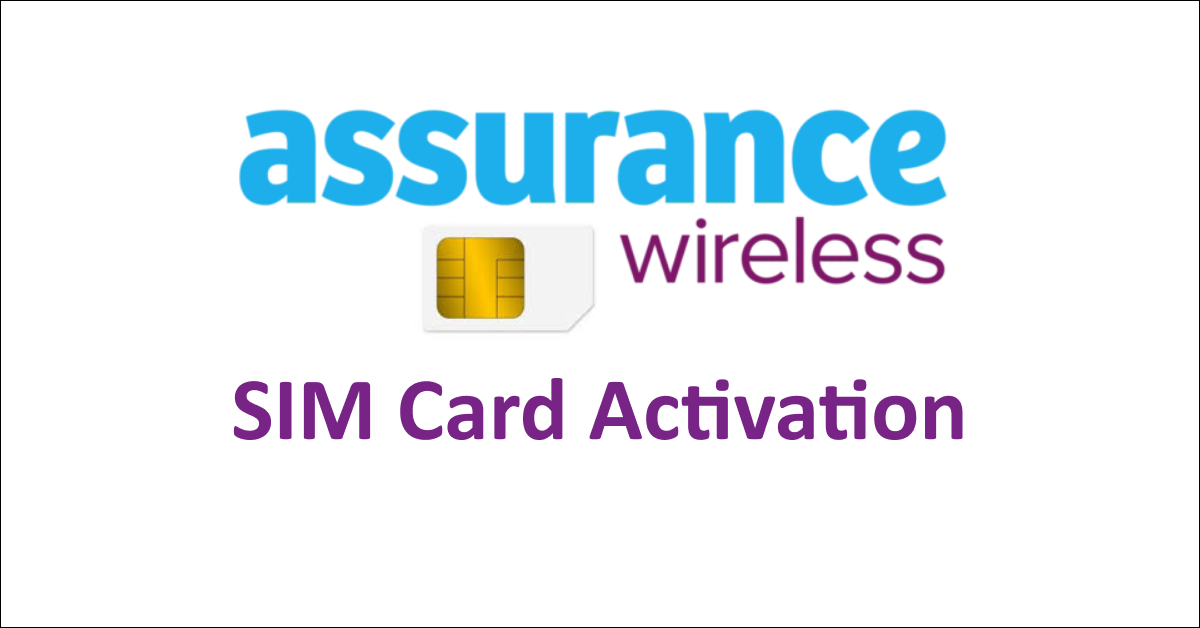The Ultimate Guide to Choosing a Free Nights Electricity Plan

Free Nights and Weekend electricity plans make sense for people who can shift their energy usage during off-peak hours. This includes families with children or work-from-home employees who need light, computers and air conditioning to work efficiently.
However, the power market constantly changes with new offers, perks and rates. It’s important to understand how these changes may impact your energy consumption before committing to a plan with free nights and weekends.
Understand Your Energy Usage
The key to getting the most out of a free nights electricity plan is understanding your energy usage patterns. These plans typically charge a higher rate during times of high usage, such as the day and weekdays, and offer free periods on nights and weekends when energy consumption is lowest. If you shift your energy use to these periods, you can save hundreds of dollars per year.
Time-of-use plans to elevate awareness of peak and off-peak periods, cultivating a robust understanding of how their energy consumption decisions cast ripples across the electricity gridthe. This newfound awareness empowers consumers to strategically maneuver their energy utilization, judiciously shifting energy-hungry activities into periods marked as free to elicit desirable cost savings.
A free nights and weekend electricity plan confers a semblance of predictability onto energy billing narratives, dramatically attenuating or eliminating the erratic surges that frequently populate electricity bills. This level of predictability emerges as a boon, empowering individuals to sculpt and streamline their electricity spending with an unwavering degree of precision.
These plans can be a good option for people who work 9-to-5 jobs and are away from home during the weekdays, students on campus during the day, or retired individuals who spend much of their time at home. To make these plans worthwhile, consumers should understand their energy usage patterns, consider installing programmable and Wi-Fi thermostats, shift high consumption activities to the free hours, and evaluate smart technology and other energy-efficient products to maximize savings potential.
Understand the Fine Print
While free night and weekend electricity plans sound attractive, they are not without their drawbacks. It’s crucial to evaluate your energy consumption patterns before signing up for this type of plan. If your lifestyle allows you to shift a significant chunk of your electricity usage into the designated free hours, you can realize noteworthy cost savings. However, if your lifestyle restricts you from shifting your electricity use into the free hours, a free nights and weekends electricity plan will not benefit you.
In order to utilize a free nights and weekend electricity plan, you’ll need a smart meter. Unlike traditional meters, which are read by a power company employee once a month, a smart meter transmits your electricity usage in short intervals daily. This allows your energy provider to monitor and record your daily usage.
Moreover, a smart meter records your peak electricity usage and allows you to avoid high-peak rates by using electricity during low-peak times. This means that if you have a job that keeps you out of the house during the day and you primarily work from home at night, a free nights and weekend electricity plan may be right for you. By evaluating your energy needs, choosing a smart meter, and utilizing energy-efficient practices, you can maximize the potential of this plan.
Ask Questions
Many people might be tempted to sign up for one of these plans because they offer free electricity. These are typically time-of-use plans that charge customers a higher rate during the day but have low rates for evening and weekend usage. It’s important for consumers to understand how these plans work and if they make sense for them.
These plans are designed to encourage energy consumers to shift most of their electricity consumption away from the three-hour peak demand times of 3 p.m. to 7 p.m. daily. This shift in consumption helps reduce the burden on our aging electricity grid during those peak times. It avoids overloading it with more demand than it can handle, which could lead to dangerous power outages.
However, these plans also tend to include high rates for the remaining time of day, which can be expensive for anyone who cannot shift a significant amount of their usage to these free hours. In addition, they often come with a contract that has specific terms and early termination fees, which can limit flexibility for users who may need to switch to a different plan type in the future.
Get a Quote
To take advantage of free nights and weekend electricity plans, you’ll need a type of electricity meter called a smart meter. Unlike traditional meters, which require an employee from the power company to visit your home and read them once or twice a month, smart meters transmit information about your energy usage in short intervals every 15 minutes.
These electricity plans are ideal for individuals who spend most of their peak electricity usage hours away from home. For many, this meant 9 to 5 office jobs with commutes and frequent travel. But in early 2020, many of these jobs began to shift to work-from-home positions, meaning people used more at night and on the weekend.
As such, these plans unfurl a tableau of cost-curbing opportunities for New York consumers. By judiciously aligning their laundry, culinary pursuits, and the operation of various appliances with these free periods, residents can assert more profound control over their electricity expenditures.
That being said, it’s crucial for New Yorkers considering a free night and weekend electricity plan to do their homework beforehand. By delving deep into a comprehensive analysis of these energy products and their operational mechanics, they can make informed choices that seamlessly dovetail with their unique lifestyles and financial circumstances. In the end, that’s what really matters.





